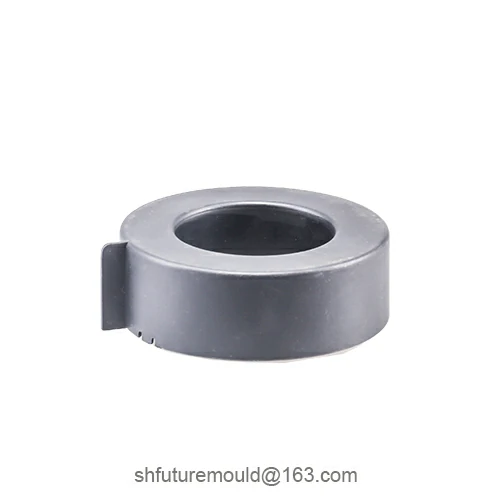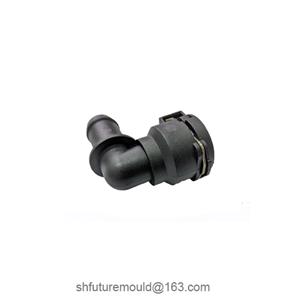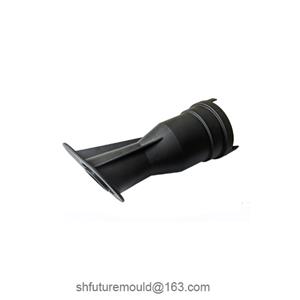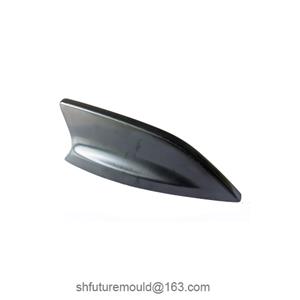Thread Demolding Technology in Injection Molding
Thread demolding is a critical aspect of plastic injection molding. For products with internal or external threads, achieving efficient and reliable demolding directly impacts product quality and production efficiency.
Classification of Thread Demolding
Thread demolding can be divided into two main types:
1. Internal Thread Demolding
The thread is inside the product, requiring special mechanisms in the mold for demolding.
2. External Thread Demolding
The thread is outside the product, and the demolding process is generally simpler.
Common Techniques for Thread Demolding
1. Manual Demolding
Application: Suitable for small-batch production or products with complex structures.
Process: The threaded section is rotated manually to complete the demolding.
Advantages: Simple mold structure and low cost.
Disadvantages: Low efficiency, suitable for low-frequency applications.
2. Mechanical Demolding
Process: The demolding mechanism within the mold achieves automatic demolding.
Common Methods:
Rotating Thread Core: A mechanical structure inside the mold drives the thread core to rotate and release the thread.
Mold Opening and Closing: Sliders, ejector pins, or similar mechanisms perform thread demolding as the mold opens.
Advantages: High efficiency and suitable for mass production.
Disadvantages: Complex mold design and higher costs.
3. Power-Driven Demolding
Process: Uses an electric motor or pneumatic system to drive the thread core rotation for demolding.
Applications: High-precision threaded products or large-scale production.
Advantages: Stable demolding process and high efficiency.
Disadvantages: High equipment costs and increased maintenance requirements.
- Injection Mold
- Automotive Injection Mold
- Electronics & Electrical Injection Mold
- Consumer Goods Injection Mold
- Airplane Components Injection Mold
- Medical Components Injection Mold
- Irrigation Components Injection Mold
- Injection Molds




